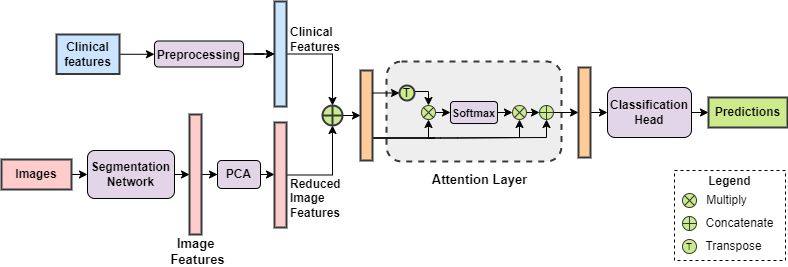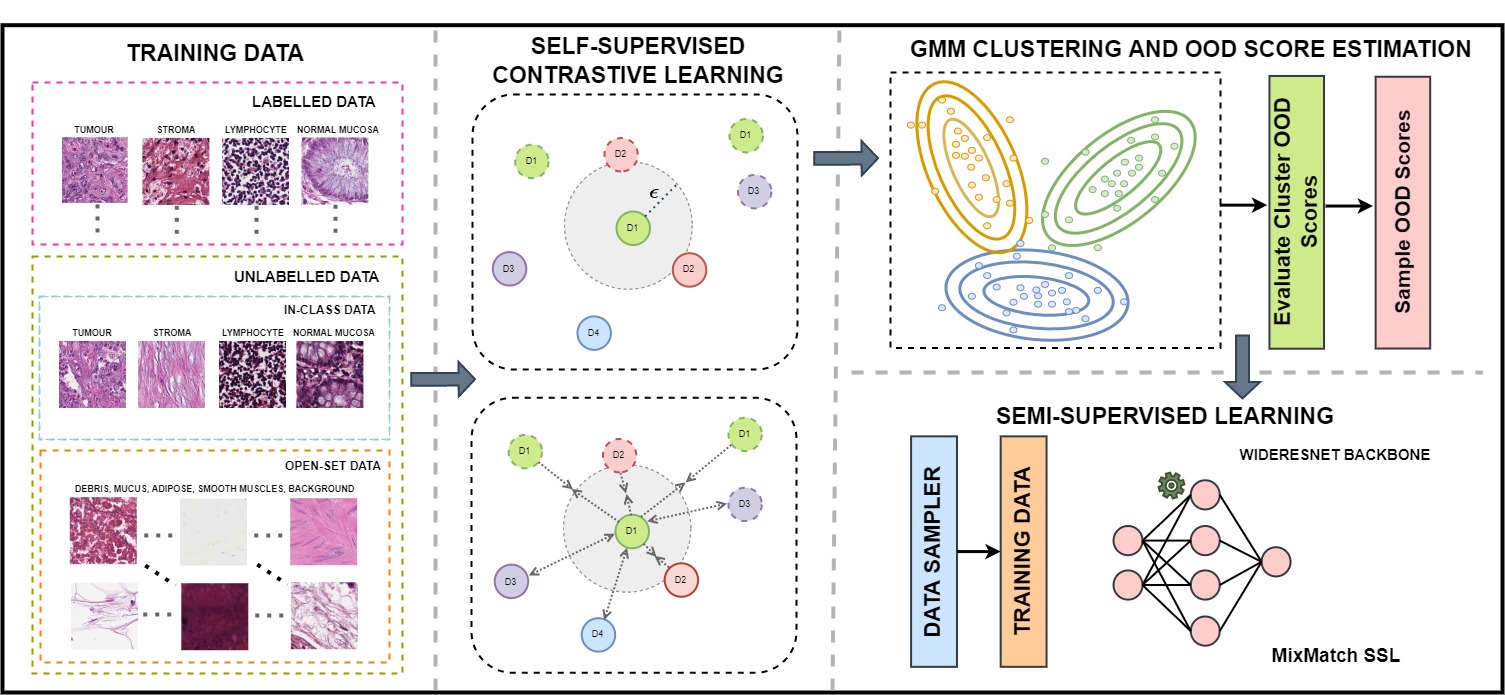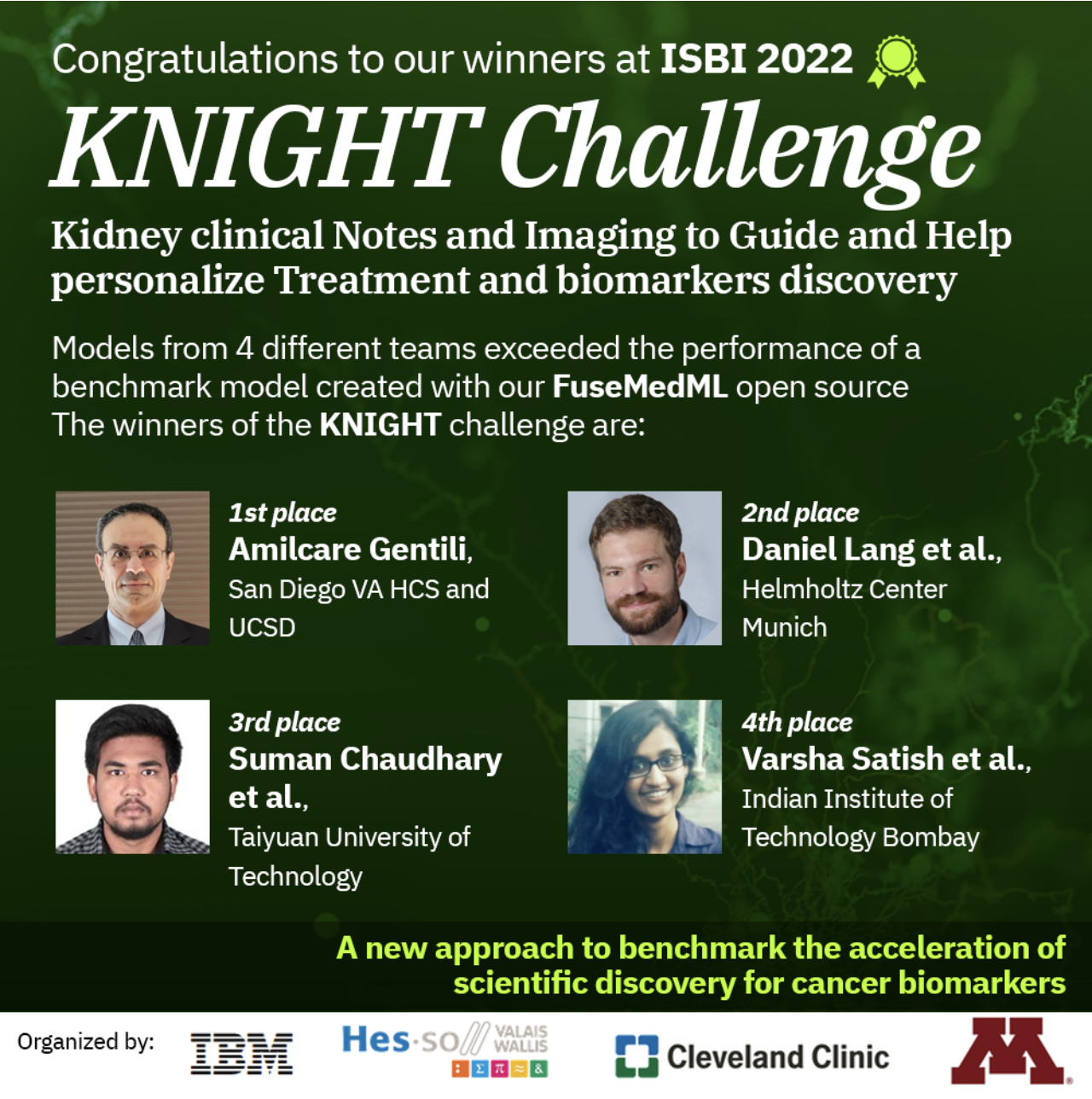Page Not Found
Page not found. Your pixels are in another canvas. Read more
A list of all the posts and pages found on the site. For you robots out there is an XML version available for digesting as well.
Page not found. Your pixels are in another canvas. Read more
About me Read more
This is a page not in th emain menu Read more
Multi‑lingual encoder architecture for meeting latency constraints and minimising cost of NLU models Read more
Trustzone creation Read more
Deep Learning for digital histopathology Read more
Published in 2022 IEEE 18th International Symposium on Biomedical Imaging (ISBI), 2022

Developed a deep learning classification framework leveraging contrastive learning-based clustering and memory banks to prioritize clean samples, achieving a 13.4% improvement in accuracy on medical images with both closed-set and open-set label noise. Read more
Published in 2022 IEEE 19th International Symposium on Biomedical Imaging (ISBI), 2022

Developed an attention-based deep learning classifier framework that effectively integrates both clinical and imaging features to automate the analysis of renal tumors, leading to a significant 12.5% improvement in classification accuracy. Read more
Published in The 23rd IEEE International Conference on Bioinformatics and Bioengineering (BIBE), 2023

Developed a novel self-supervised pipeline estimates an Out-of-Distribution score for each unlabeled data point, enabling calibrated semi-supervised learning and improving medical image analysis, with potential applications in open-set supervised learning. Read more
Published:
Conference proceedings on our paper: “Improved Histology Image Classification under Label Noise Via Feature Aggregating Memory Banks” Abstract:
Medical images are often subjectively labeled or weakly supervised, which introduces both closed-set and open-set label noise. Deep learning (DL) models underperform when the quality of supervisory labels degrades. We propose a unified framework for robust training of DL models that takes into account both closed-set and open-set noise, whereas the latter has been largely overlooked. We use a contrastive learning framework and feature aggregating memory banks to identify and increase the emphasis on clean training samples. Based on two publicly available datasets we demonstrate improved results for both synthetically introduced and naturally occurring (unknown) label noise. Paper Link Read more
Published:
Conference proceedings on our paper: “Multi-modal Information Fusion for Classification of Kidney Abnormalities”  Abstract:
Abstract:
Being able to predict the outcome of a treatment has obvious utility in treatment planning. Retrospective studies investigating the correlation of various tumor morphological characteristics to the treatment outcomes are becoming increasingly feasible due to data collection and advances in machine learning. For renal cancers, computed tomography (CT) imaging is a widely used diagnostic modality owing to its highly discernible visible features. However, manual inspection of several CT images are quite labour-intensive and often subjective. To automate this task, we propose an attention-based deep learning framework that automatically analyzes renal tumors by fusing both the clinical and imaging features. We demonstrate its effectiveness on the 2022 Knight challenge. Paper Link Read more